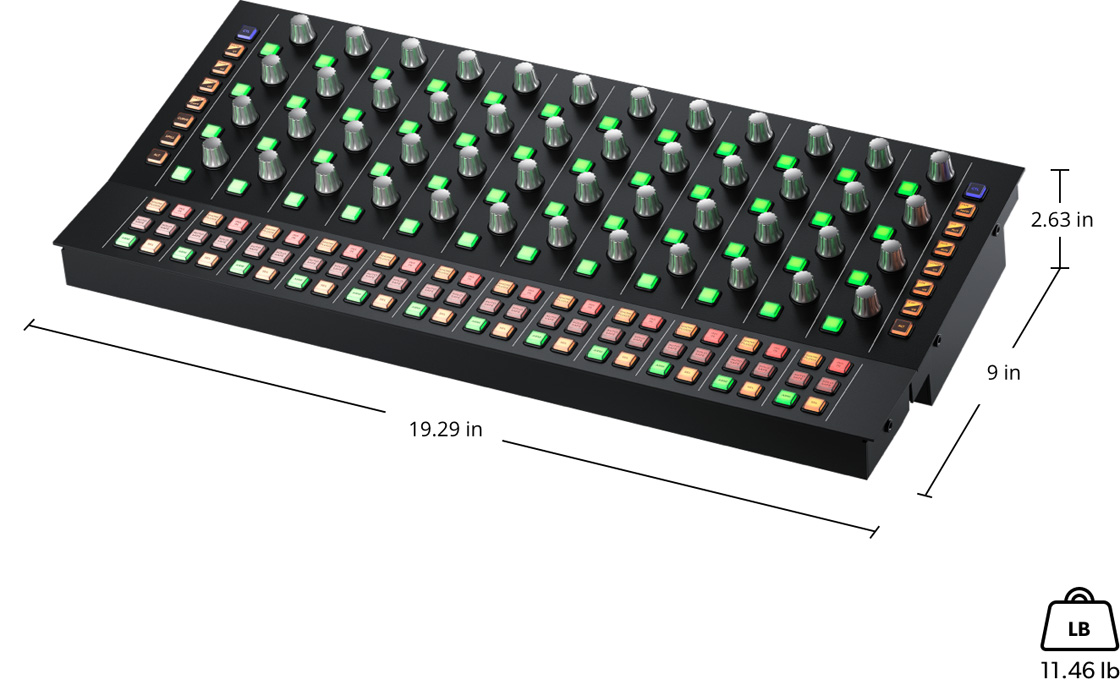
What can’t be measured, however, is really going to change the game: usability, support, and price. Resolution and dynamic range are perhaps the two most important (and measurable) specifications of the camera. In short, more detail equals more options. When capturing an image, the more detail that is acquired at first, the more flexibility there is to manipulate that detail during color grading procedures.

Because of this contrast suffers making the image appear flat, but that is why the footage is color corrected. While the 7D may immediately capture images that are satisfying (everyone loves that creamy shallow depth of field), it allows little to no flexibility in post, as shown by this test.įor those unsure what I mean, flat colorspaces and large dynamic ranges are designed to capture the most detail in both highlights and shadows. It’s interesting and telling and goes part way to explaining the more than substantial price difference. As you can see the Alexa responds very well where as the 7D footage fails in highlight exposure detail and it’s codec compromises it’s ability to be pulled up in the darker regions. I have graded each output to try to get it back to neutral using Gamma and density’s chart. The purpose of the test being to test the ability of each camera’s images to be manipulated after exposure. The 7D has been heralded because of its affordability, and thus, will “change the game.” Nick Paton, ASC, was not quite as sold on the idea of the DSLR being the camera of the future and shot a latitude test between the Alexa and the 7D earlier this month: Where the dynamic range conversation truly gets interesting is between the Alexa and the Canon 7D. This reaction is likely due to Jannard’s admission at the time this chart was revealed: “I’d give a slight advantage to the Alexa.” I believe that Epic and Alexa both capture a generous range of light and much of what will make or break the images of either camera is the color science software.
DAVINCI RESOLVE LITE MAX RESOLTUION FULL
It wasn’t soon after this test that RED revealed their HDRx feature that boosts the dynamic range of the camera to 18 full stops, but at the cost of a heavy amount of data. These tests are slightly old (from late July) so I am inclined to believe RED has improved their tech a little bit. Along with the resolution charts, Jannard also posted some images highlighting a comparison of the two camera’s range: Similarly, the RED Epic also handles 13.5 stops of light. Arri Alexa was/is touted highly for its ability to handle 13.5 stops of latitude. Film has always had an outstanding range and part of achieving the coveted “film-look” is to capture the same amount of light that celluloid is able to. The true test of how a camera handles light is the dynamic range. As Jannard stated, “RED believes that resolution matters.” Dynamic Range No surprise to anyone there, RED has always found the pixel count to be an important spec in their cameras. Over the summer, Jim Jannard published resolution charts shot with both a prototype RED Epic and an Arri Alexa:Īlexa (left) vs. The Arri Alexa, however, is right between the two with a base 2K resolution downsampled from a 3.5K sensor.
DAVINCI RESOLVE LITE MAX RESOLTUION 1080P
Epic takes this category hands down without batting an eye at the 7D’s 1080p max resolution. Their 4K RED One camera trumped HD offerings and now with Epic, the company is offering 5K right out of the gate with that number heading upwards as the tech improves. It’s no secret by now that RED Digital Cinema is all about resolution.

But how do these cameras stack up against each other when handling light? After all, the art of cinematography is “writing with light.” So, whose pen has the most power? Resolution The Epic offers astounding 5k resolutions, Alexa offers a subtle dynamic range that Roger Deakins thinks is as close to film as anything, and Canon’s DSLRs offer affordability. Three of the major players in this game are the RED Epic, the Arri Alexa and the Canon 7D.


 0 kommentar(er)
0 kommentar(er)
